 A lot of people think of hoverboards as just a trendy toy for kids and teens to zip around the neighborhood. In reality, a lot of people are using hoverboards for more than just a fun ride. In fact, these self-balancing personal transporters are actually helping people with increased mobility and creating more opportunities to enjoy nature and the outdoors. If you’re considering buying a hoverboard or wonder what all the fuss is about, you may be surprised by the cool and practical ways people are using them in their lives.
A lot of people think of hoverboards as just a trendy toy for kids and teens to zip around the neighborhood. In reality, a lot of people are using hoverboards for more than just a fun ride. In fact, these self-balancing personal transporters are actually helping people with increased mobility and creating more opportunities to enjoy nature and the outdoors. If you’re considering buying a hoverboard or wonder what all the fuss is about, you may be surprised by the cool and practical ways people are using them in their lives.
Note: before you try out any of these uses in your own life, make sure to check out local laws and restrictions for the use of hoverboards and similarly designed personal transporters. Some cities, campuses, parks, and business establishments have banned their use.
1. Increased Mobility in Daily Life
Instead of spinning hoverboard tricks in the park, many adults are using two wheel self balancing scooters to help them get around. Many disabilities or illnesses make walking for long periods of time difficult or painful and often people have to use a wheelchair or electric scooter to get around. For many people, hoverboards are the perfect device to help them get around.
Their compact size makes them easy to transport and maneuver in tight spaces. Hoverboards can be used with ease in museums, stores, or even around the house. (Make sure you check for any restrictions or laws that restrict hoverboard usage.
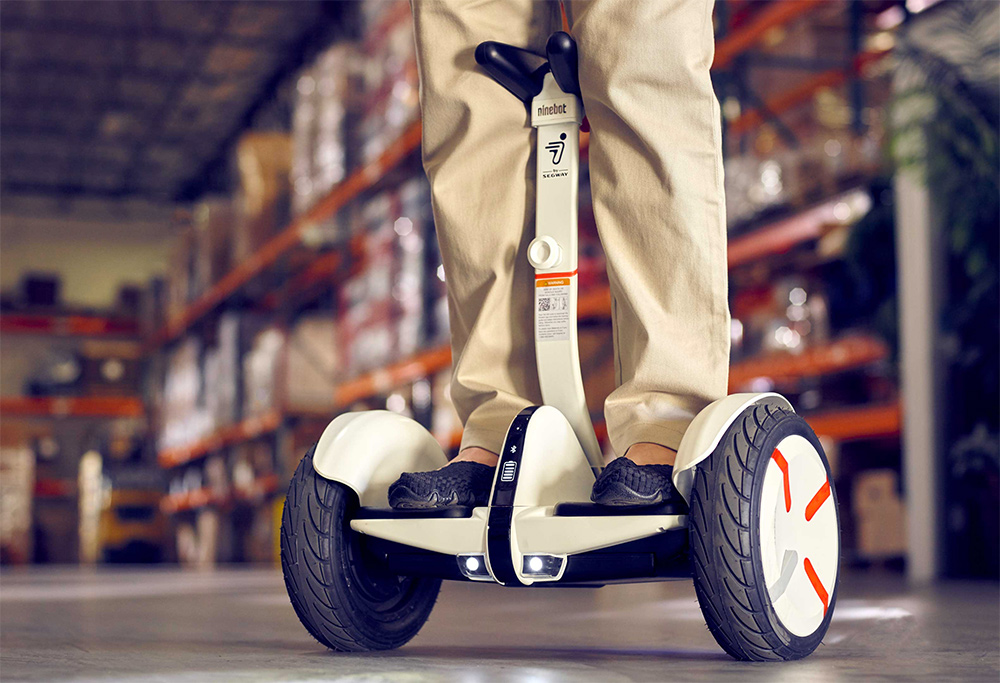
2. Get Around Fast at Work
While many people work in small offices and stores, there are many people who work in large warehouses or sprawling company campuses. Managers, IT, and other employees may find their workday requires lots of walking, from building to building or just across massive warehouses and manufacturing plants.
While bikes work well for getting around big tech campuses like Google, they aren’t practical for warehouses or employees with dress codes that aren’t compatible with cycling. Hoverboards work well indoors or outside and can quickly zip employees across large office lofts, through warehouse shelves, or across campus.
3. Zip Around Campus
Many traditional college campuses are sprawling, with relaxing green spaces and separate buildings for different departments. Getting from the dorms to a 9 am algebra class can be a mad dash of futility. A hoverboard is a perfect alternative for young adults, allowing them to zip around parks and on sidewalks where bikes and traditional scooters may be restricted.
A hoverboard is also a great way to ride into town and commercial areas outside the campus without needing a car. Make sure to check for any local restrictions on campus or laws restricting hoverboard use in certain areas.
4. For Short Urban Commutes
Many adults who live and work in urban city centers find owning a car impractical and biking incompatible with their lifestyle or required work wardrobe. Hoverboards offer a happy medium, creating a quick way to commute up to a couple miles without
Make sure to utilize proper hoverboard safety gear, especially if you’re riding in the road with traffic.
5. Use as a Portable Stool or Table
Ever think of propping your hoverboard on its side? Now you have a stool, giving you access to seating wherever you end up on your ride. This is great in parks and at festivals where seating is limited and helps you avoid sitting on damp grass or dirty pavement.
If you’re hungry or thirsty while you travel, use your hoverboard as a table. Balance a drink or a plate of food on it, keeping it off the ground away from bugs.
6. Ride as a Go Kart
I guess this technically falls more under “fun” than practical, but this is a cool use that can really open up a hoverboard to a ton of new uses. By purchasing a hoverbord kart accessory, you can easily turn a two-wheel transporter into a speed little cart. Perfect for racing around in the park or transporting yourself around the neighborhood, a hoverboard kart just gives you even more opportunities for fun riding.
7. Increase Pokemon Go Range
Pokemon Go has been a huge phenomenon in recent years and one of the great things about the game is how it’s getting people outside, exploring their communities to collect elusive Pokemon. While on some days walking will be enough to get your fix, many Pokemon Go players are increasing their range and efficiency by using a hoverboard to get around.
Perfect for navigating neighborhood streets and parks, a hoverboard can help you cover miles without requiring hours of walking. Just make sure your favorite Gyms don’t have restrictions on hoverboard riding.
Ready to add a hoverboard to your daily life? Check out the best hoverboards for kids and adults. If you’re on a budget, these are the best cheap hoverboards on the market.

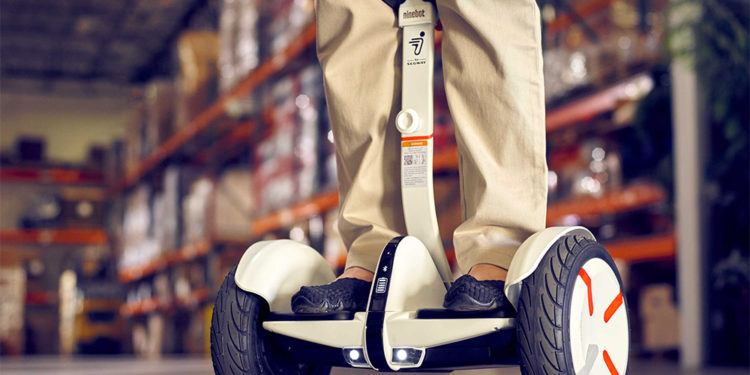


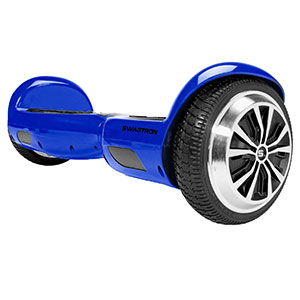
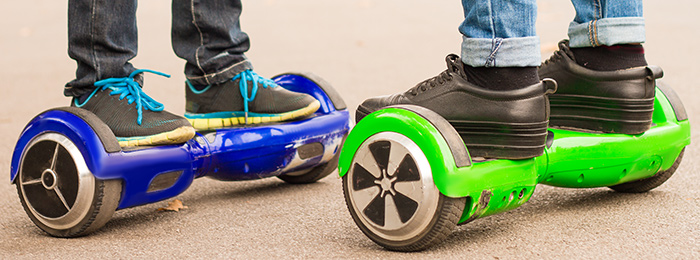
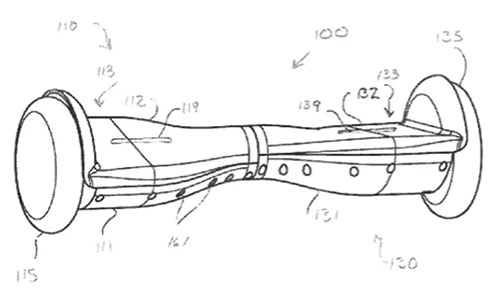
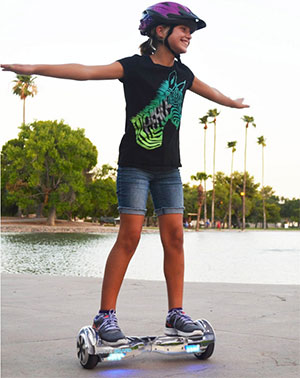 In late 2015, there were many instances of hoverboards catching on fire due to their batteries overheating and exploding. This resulted in a variety of hoverboard models being recalled and banned from sale in the United States because of those safety concerns. As a result, new UL certification standards were put in place to end these battery issues. Any hoverboard sold in the US or Canada today must have UL 2272 certification. (Learn more about
In late 2015, there were many instances of hoverboards catching on fire due to their batteries overheating and exploding. This resulted in a variety of hoverboard models being recalled and banned from sale in the United States because of those safety concerns. As a result, new UL certification standards were put in place to end these battery issues. Any hoverboard sold in the US or Canada today must have UL 2272 certification. (Learn more about